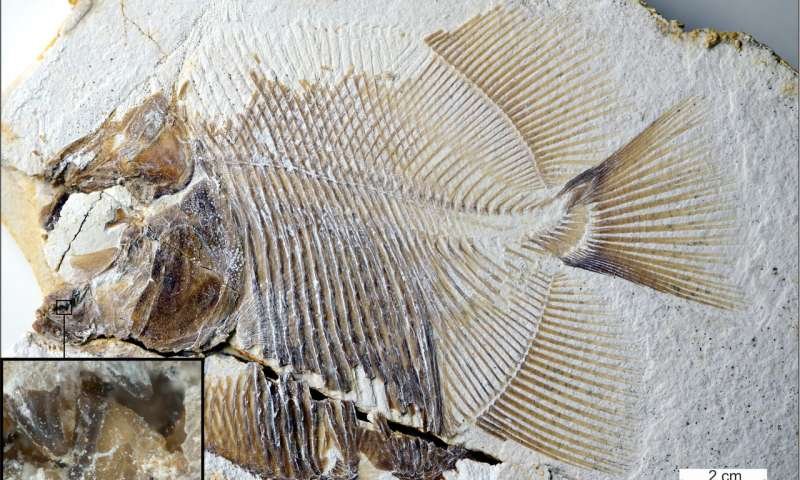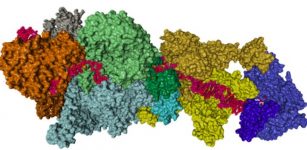Remarkable 150 Million Years Old And Earliest Known Flesh-Eating Fish
MessageToEagle.com – A remarkable new species of fish lived in the sea about 150 million years ago in the time of the dinosaurs.
This new species of bony fish had teeth like a piranha, which the researchers suggest they used as piranhas do: to bite off chunks of flesh from other fish.
The victims of this one were other fish that had apparently been nibbled on in the same limestone deposits in South Germany (the quarry of Ettling in the Solnhofen region) where this piranha-like fish was found.

“We have other fish from the same locality with chunks missing from their fins,” David Bellwood of James Cook University, Australia, said in a press release.
“This is an amazing parallel with modern piranhas, which feed predominantly not on flesh but the fins of other fishes. It’s a remarkably smart move as fins regrow, a neat renewable resource. Feed on a fish and it is dead; nibble its fins and you have food for the future.”
The newly described fish is part of the world famous collections in the Jura-Museum in Eichstätt. It comes from the same limestone deposits that contained Archaeopteryx.
“We were stunned that this fish had piranha-like teeth,” says Martina Kölbl-Ebert of Jura-Museum Eichstätt (JME-SNSB).
“It comes from a group of fishes (the pycnodontids) that are famous for their crushing teeth. It is like finding a sheep with a snarl like a wolf. But what was even more remarkable is that it was from the Jurassic.
The study of the fossilized, well-preserved jaws of the fish revealed long, pointed teeth on the exterior of the vomer, a bone forming the roof of the mouth, and at the front of both upper and lower jaws.
Additionally, there are triangular teeth with serrated cutting edges on the prearticular bones that lie along the side of the lower jaw.
Fish as we know them, bony fishes, just did not bite flesh of other fishes at that time. Sharks have been able to bite out chunks of flesh but throughout history bony fishes have either fed on invertebrates or largely swallowed their prey whole. Biting chunks of flesh or fins was something that came much later.”
MessageToEagle.com










